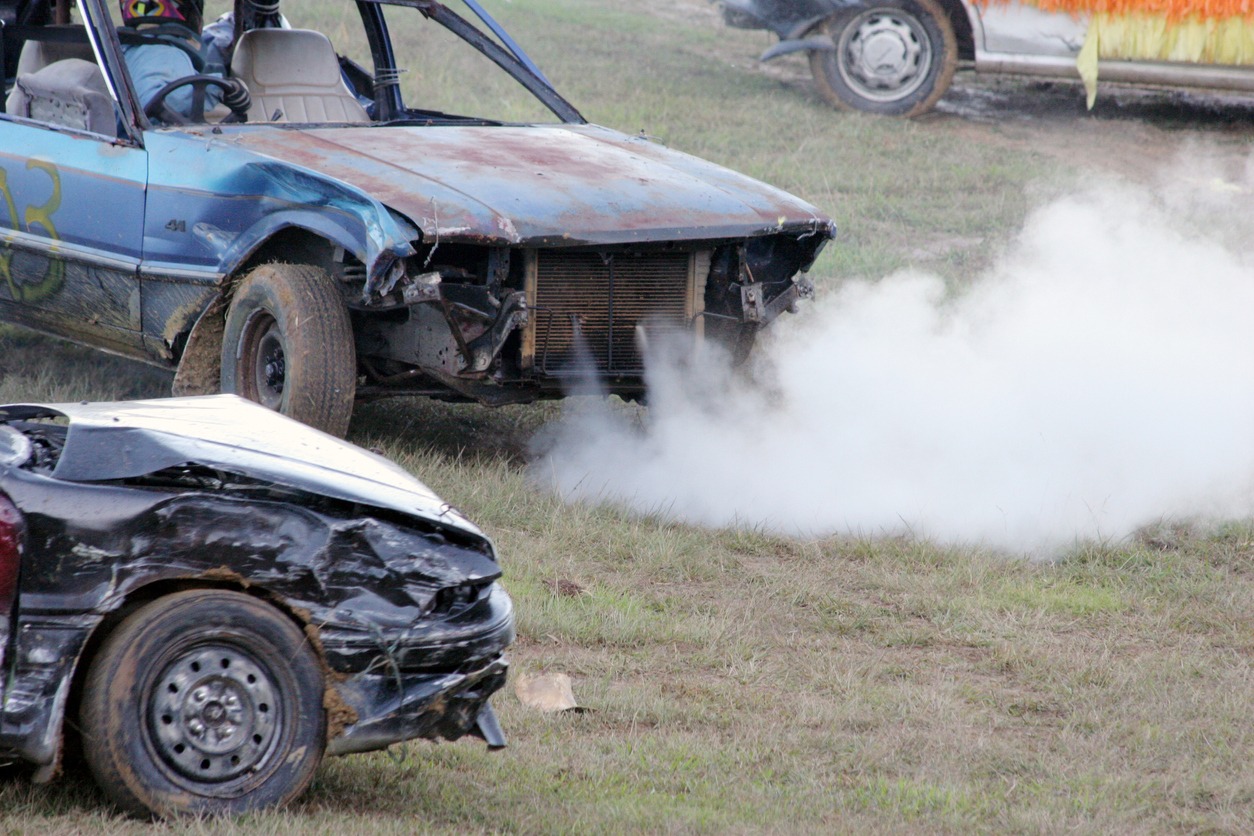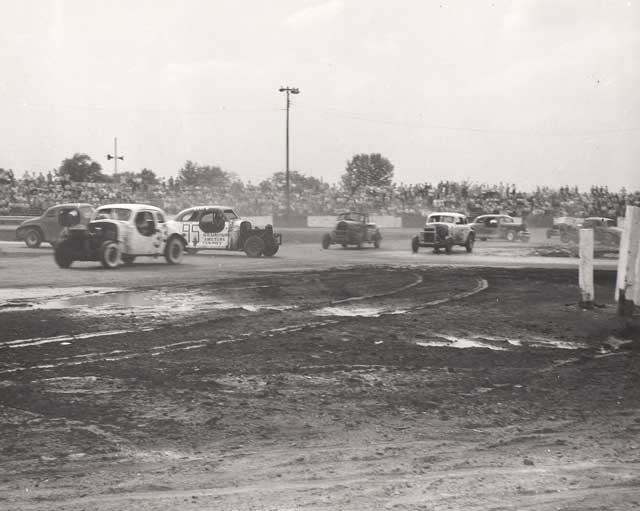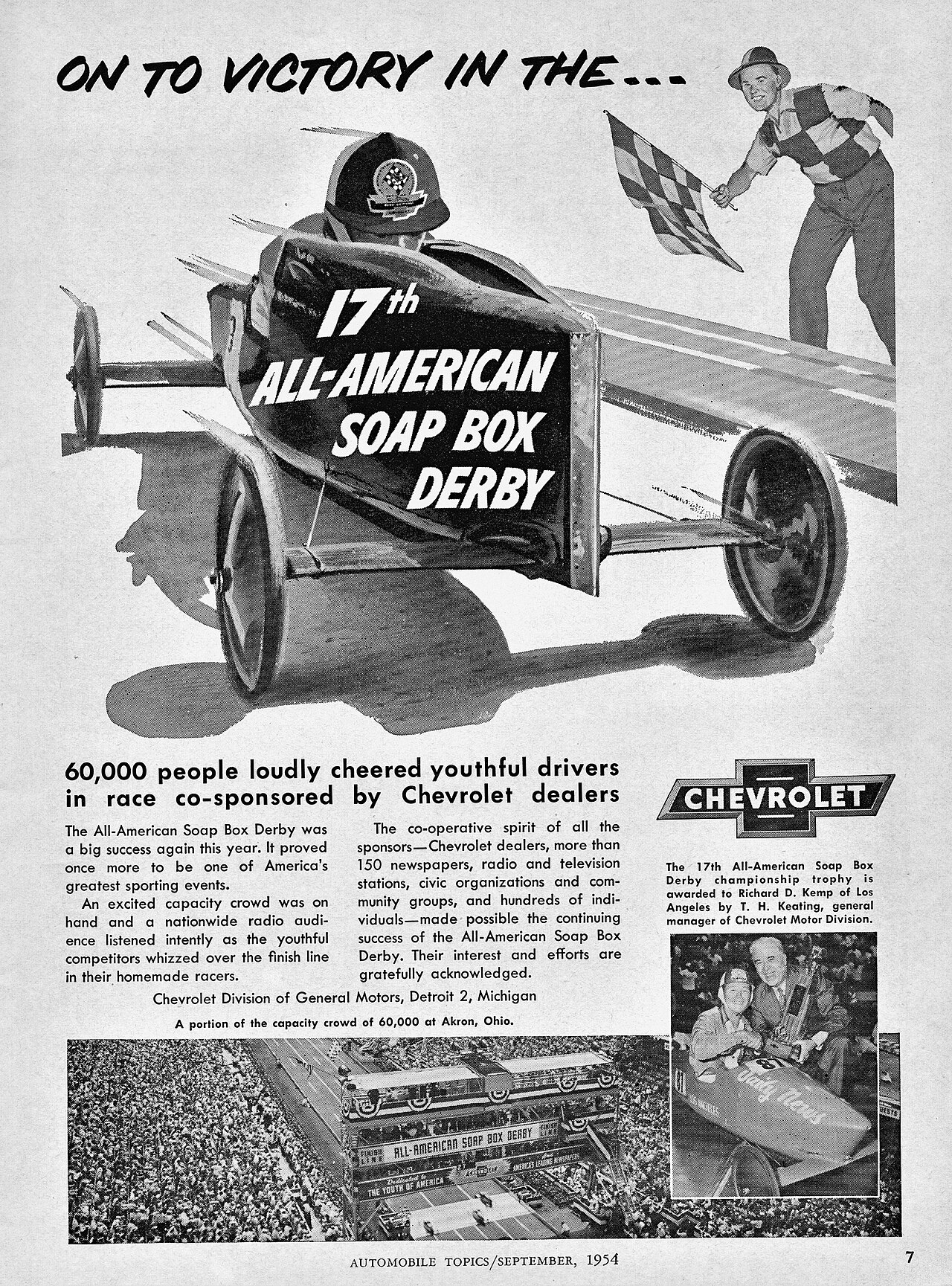Welcome to the adrenaline-fueled world of motorsports – a realm where speed and precision meet creativity and eccentricity. While many are familiar with the high-octane glamour of Formula 1 or the intense oval battles of NASCAR, there’s a lesser-known side to racing that thrives on the unconventional and bizarre. In this post, we’ll dive into the quirky, often overlooked corners of the racing world, exploring forms of motorsport that defy the usual norms and offer a wildly different kind of thrill. From racing on lawnmowers to maneuvering school buses around tracks, these unusual forms of car racing prove that when it comes to speed, there are no limits to human imagination and ingenuity.
As we gear up to explore these unconventional races, prepare to be amused, amazed, and inspired. These aren’t your typical Sunday drive competitions; they are events where creativity and a sense of humor are as important as speed and skill. Whether it’s the challenge of keeping a three-wheeled car upright or the art of racing while towing a trailer, each of these unique races brings its own set of rules and excitement. Buckle up for a journey through some of the most bizarre, yet fascinating forms of car racing from around the world – a true testament to the playful and adventurous spirit of motorsport enthusiasts.
Lawn Mower Racing
Lawn Mower Racing is a unique form of motorsport that turns the humble garden machine into a competitive racing vehicle. Originating in the UK in the 1970s, it has since gained popularity, with leagues and events now held worldwide. In this sport, standard lawn mowers are modified for racing, but crucially, their blades are removed for safety. The charm of lawn mower racing lies not just in its novelty but in the accessibility it offers; it’s a low-cost entry point into the world of racing, making it appealing to a wide audience. The mowers are divided into different classes based on factors like engine type and modifications, ensuring fair competition. Races are held on grass tracks, which adds to the challenge as the terrain can be unpredictable. The sport emphasizes skill and strategy over pure speed, creating an engaging and level playing field for racers of all ages.
Reliant Robin Racing
Reliant Robin Racing involves one of the most distinctive vehicles in the automotive world – the Reliant Robin. Known for its three wheels (two at the back and one at the front), the Reliant Robin is infamous for its lack of stability, particularly in high-speed turns, making it an unusual choice for racing. However, it’s this very quirkiness that makes Reliant Robin racing so entertaining. These races often see a number of rollovers and recoveries, as drivers push the limits of these top-heavy vehicles. Competitions are typically held on small, oval tracks, which adds to the intensity of the races. The spectacle of these three-wheeled cars zipping, tipping, and sometimes flipping, creates a unique blend of motorsport and slapstick comedy, drawing crowds who are eager for both racing thrills and spills.
Figure 8 Racing
Figure 8 Racing is a high-risk, high-adrenaline form of motorsport named after the shape of its track. The key feature of this racing is the intersection, or the “crossover,” where cars traveling in opposite directions cross paths. This design leads to a significant risk of collisions, making timing, speed control, and spatial awareness crucial for the drivers. The element of danger and the potential for dramatic crashes add to the excitement for both participants and spectators. Races are typically short, fast-paced, and action-packed, demanding not only driving skills but also a strong strategic approach. The drivers must constantly be aware of their position relative to other competitors, especially at the crossover point. Figure 8 Racing attracts a particular type of racer and fan – those who appreciate the combination of traditional racing skills with the added thrill of unpredictability and danger inherent in the track’s design.
Train Racing
Train Racing is a unique and exhilarating form of motorsport that adds a twist to traditional car racing. In this event, three cars are connected together, resembling a train, with the front car having the engine and the last car equipped with the brakes. This setup demands an exceptional level of teamwork and coordination among the drivers. Each ‘train’ races against others on a standard oval or circular track. The challenge lies in maneuvering these linked cars at high speeds, requiring synchronized braking and acceleration to avoid jackknifing or breaking apart. The spectacle of these car ‘trains’ racing around a track offers an unusual and thrilling experience for spectators, combining the raw excitement of car racing with the strategic complexity of team dynamics. It’s a test of not just speed and driving skills, but also of communication and cooperation.
Trailer Racing
Trailer Racing takes the concept of racing to a whole new level of chaos and destruction. In this form of racing, competitors must tow a trailer behind their vehicle, which can range from a standard camper to more absurd items like boats or other cars. The objective is not only to finish first but also to do so with your trailer still attached. As the race progresses, the track often becomes littered with debris from disintegrating trailers, creating obstacles for the racers. This leads to a wildly unpredictable and entertaining spectacle, as drivers navigate through the wreckage, all while trying to maintain their own trailer in one piece. The unpredictable nature of the trailers’ behavior adds a significant strategic and skillful element to the racing, making it a favorite for fans who enjoy a side of demolition with their motorsport.
School Bus Racing
School Bus Racing offers an unusual twist on racing, taking the iconic large, yellow buses and pitting them against each other on a racetrack. These buses, far larger and heavier than traditional race cars, provide a unique challenge due to their size, weight, and limited maneuverability. The races are often held on short, oval tracks, emphasizing the need for skillful turning and strategic positioning. The sight of these bulky vehicles competing, often resulting in tight pack racing and occasional gentle contact, makes for an amusing and captivating experience for spectators. It’s a form of racing that combines elements of humor with competitive spirit, showcasing a lighter, more accessible side of motorsports that appeals to a broad audience, including families and casual racing fans.
24 Hours of LeMons
24 Hours of LeMons is an endurance race that parodies the more famous 24 Hours of Le Mans, but with a humorous twist. In this event, teams compete in cars that they have bought and prepared for racing on a budget typically capped at a few hundred dollars. The focus here is less on speed and performance and more on creativity and fun. Cars are often adorned with whimsical and outrageous decorations, and teams sometimes dress in costumes, adding to the festive atmosphere. The race tests not only the durability and reliability of these low-budget vehicles but also the ingenuity and resourcefulness of the teams. Over the course of 24 hours, teams face a variety of challenges, from mechanical failures to fatigue, making it as much a test of endurance and strategy as it is of driving skill. The 24 Hours of LeMons represents the spirit of grassroots racing and community, where the joy of participation and the love of the sport take precedence over competition and prestige. Get to know other types of endurance racing here.
Swamp Buggy Racing
Swamp Buggy Racing is a form of motorsport that’s as wild and untamed as the terrains it’s raced on. Originating in the swamps of Florida, this sport involves specially designed vehicles, known as swamp buggies, that can navigate through muddy waters, deep ruts, and challenging terrains. These buggies vary greatly in design, from modified trucks to purpose-built machines with huge tires and powerful engines. The races are usually held in swampy courses, featuring a mix of deep water, mud holes, and dry land, testing both the drivers’ skills and the buggies’ capabilities. The unique challenge of swamp buggy racing lies in the unpredictable nature of the terrain and the need for constant adaptations. It’s a spectacle of mud-splashing action that attracts a dedicated following, celebrating the blend of engineering creativity and the adventurous spirit of off-road racing.
Bar Stool Racing
Bar Stool Racing is one of the more humorous and unconventional forms of racing, where the excitement of motorsports meets the whimsy of bar culture. In this unique event, competitors race on motorized bar stools. Yes, you heard that right – bar stools equipped with engines and wheels! These races typically take place on short, straight tracks, but don’t be fooled by the seemingly simple concept. The challenge lies in balancing on the stool while navigating at speed, making it a test of dexterity and control. The participants often customize their bar stools with various themes and decorations, adding a personal and creative touch to the competition. This form of racing is a crowd-pleaser at festivals and local events, offering a blend of competition and entertainment with a side of laughter.
Demolition Derby
Demolition Derby is the epitome of automotive chaos and destruction, a motorsport event where the objective is not just to race, but to survive. In a demolition derby, drivers deliberately crash their vehicles into one another until only one car is left operational. These events typically take place in an enclosed arena, like a fairground or a racetrack infield. The cars used are usually old, pre-owned vehicles stripped of glass and other hazardous materials, with some reinforcement for safety. The thrill of a demolition derby lies in the strategy as much as the destruction; drivers aim to incapacitate their opponents’ vehicles while keeping their own running. It’s a test of durability, driving skills, and tactical collision. The unpredictable nature of each collision and the spectacle of enduring cars make demolition derbies a wildly popular event, drawing large crowds that revel in the excitement of controlled automotive anarchy.
Soap Box Derbies
Power Wheels Racing
Power Wheels Racing turns childhood memories into an adult-sized adventure. In this unique form of racing, adults modify children’s electric ride-on toys – commonly known as Power Wheels – for competitive racing. These toys are upgraded with more powerful batteries, motors, and sometimes even custom frames, transforming them into mini-racing machines capable of speeds much faster than their original design. The races usually take place on small tracks, often with tight turns and occasional obstacles, testing the drivers’ skill and the durability of their modified vehicles. Participants often dress in costumes and add playful themes to their vehicles, making the event a colorful and entertaining spectacle. Power Wheels Racing is not just about speed; it’s about creativity, nostalgia, and most importantly, fun. It’s a lighthearted and inclusive form of racing that brings together communities for a day of laughter, camaraderie, and a little bit of competitive spirit.
Pig-N-Ford Races
Pig-N-Ford Races offer a bizarre yet fascinating twist on traditional racing, combining speed with a touch of agricultural flair. This unique event, typically held at county fairs, involves Model T Fords and, surprisingly, live pigs. The race begins with drivers standing next to their cars, which are lined up with engines off. At the starting signal, they must dash to a pen, grab a pig, start their Model T manually, and then complete a lap while holding the pig. After each lap, drivers stop, turn off the car, return the pig, and repeat the process. The challenge is as much about handling the unpredictable nature of the pigs as it is about driving the vintage cars. Pig-N-Ford Races are a test of agility, speed, and adaptability, offering a quirky and entertaining spectacle that harkens back to a bygone era of both automotive and rural life.
Frozen Lake Racing
Frozen Lake Racing is a thrilling form of motorsport that turns the serene setting of a frozen lake into a high-speed racetrack. This type of racing is popular in colder regions where lakes freeze over sufficiently to support the weight of cars. Vehicles, ranging from specially modified cars to regular street cars equipped with studded tires, compete on these icy surfaces. The key challenge in Frozen Lake Racing is traction; drivers must skillfully navigate the slippery surface, which demands precise control and drifting techniques. The races can vary from time trials to head-to-head competitions, with courses marked by cones or barriers. This form of racing is not only a test of driving skill but also a celebration of winter and the unique opportunities it provides for motorsport enthusiasts. It’s an exhilarating experience for both drivers and spectators, offering a blend of speed, skill, and the stark beauty of winter landscapes.
Final Thoughts
In the world of unusual car racing, it’s clear that the thrill of competition transcends conventional boundaries and opens up a universe where creativity knows no bounds. These quirky and unconventional races not only provide entertainment and excitement but also foster a sense of community and innovation among participants and fans alike. From the muddy tracks of swamp buggy races to the precarious balance of bar stool racing, each event showcases a unique blend of skill, ingenuity, and, most importantly, a passion for the sheer fun of racing. These unconventional motorsports remind us that at the heart of racing lies a universal desire for adventure, challenge, and a break from the ordinary.
As we cross the finish line of our exploration into these unusual racing forms, we’re left with a deeper appreciation for the diversity and inclusivity of the motorsport world. These events invite us to step outside the box and view racing through a lens of limitless possibilities and joy. So whether you’re a die-hard racing fan or a curious onlooker, there’s an undeniable charm and appeal in these unconventional races that beckon us all. They challenge the norms, celebrate the unconventional, and above all, prove that in the world of racing, the most important victory is the joy found in every turn, jump, and finish line crossed.



